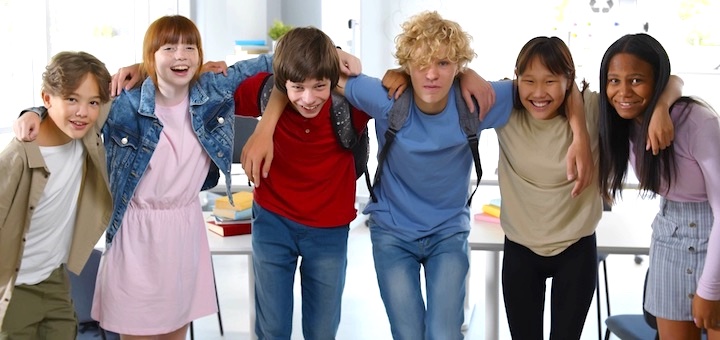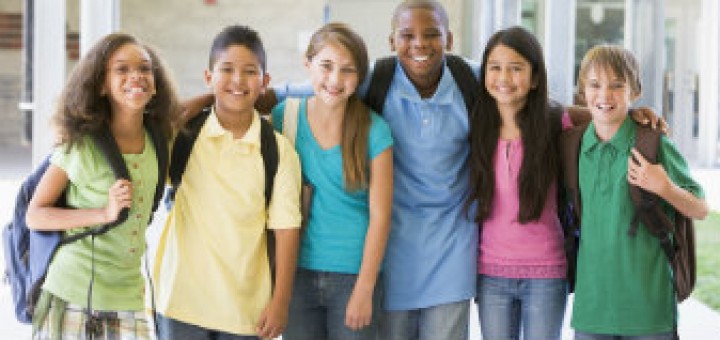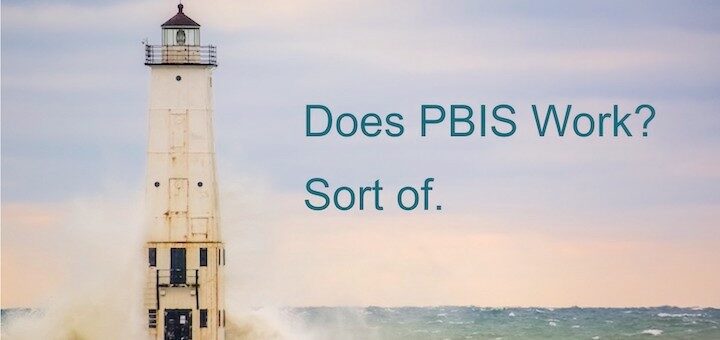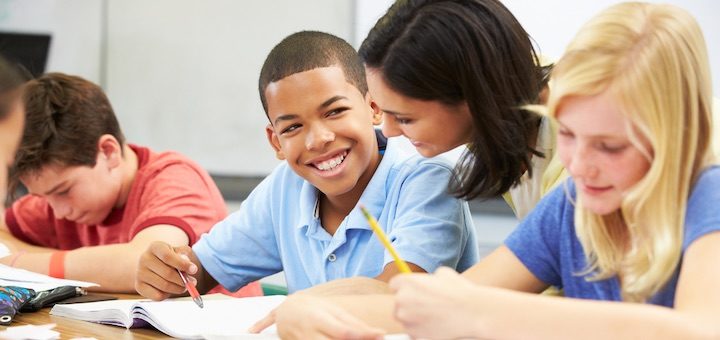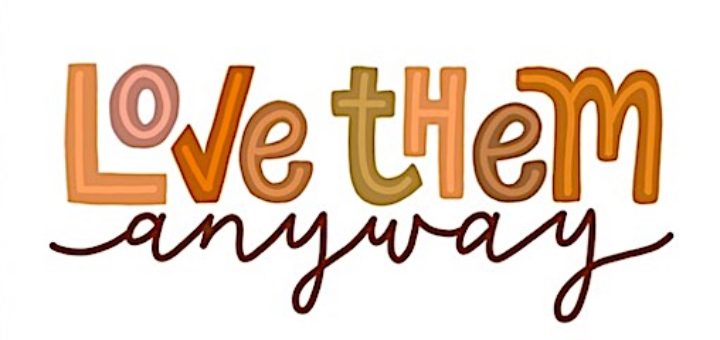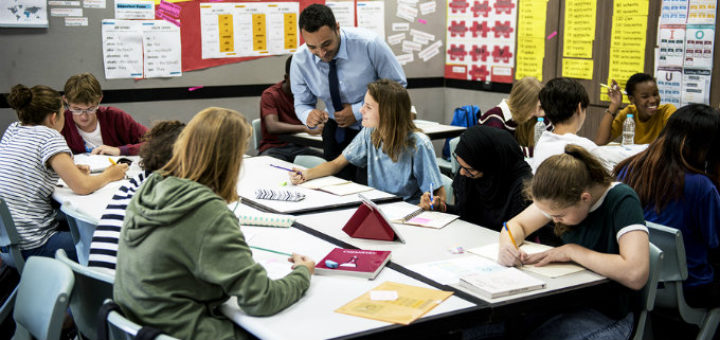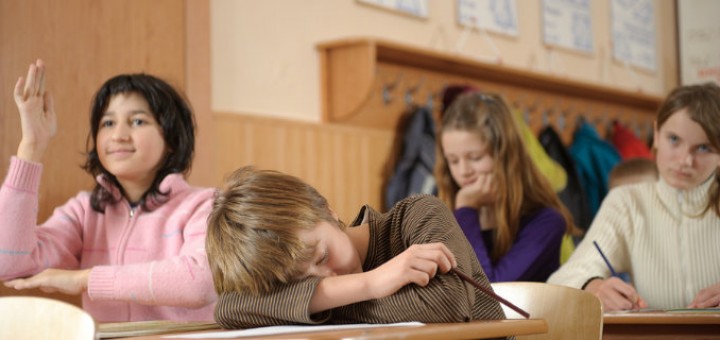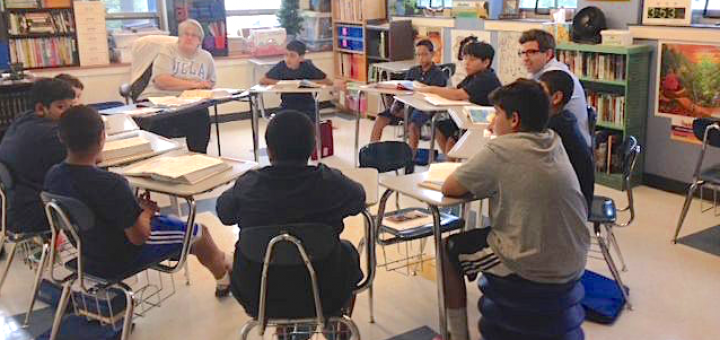It May Be Developmental and Still Not Appropriate
The missteps of middle schoolers may be “developmentally appropriate” but we still need to guide students to do better, writes school leader Jody Passanisi. “Students this age often rise to the expectations that are set for them. That is developmentally appropriate, too.”

